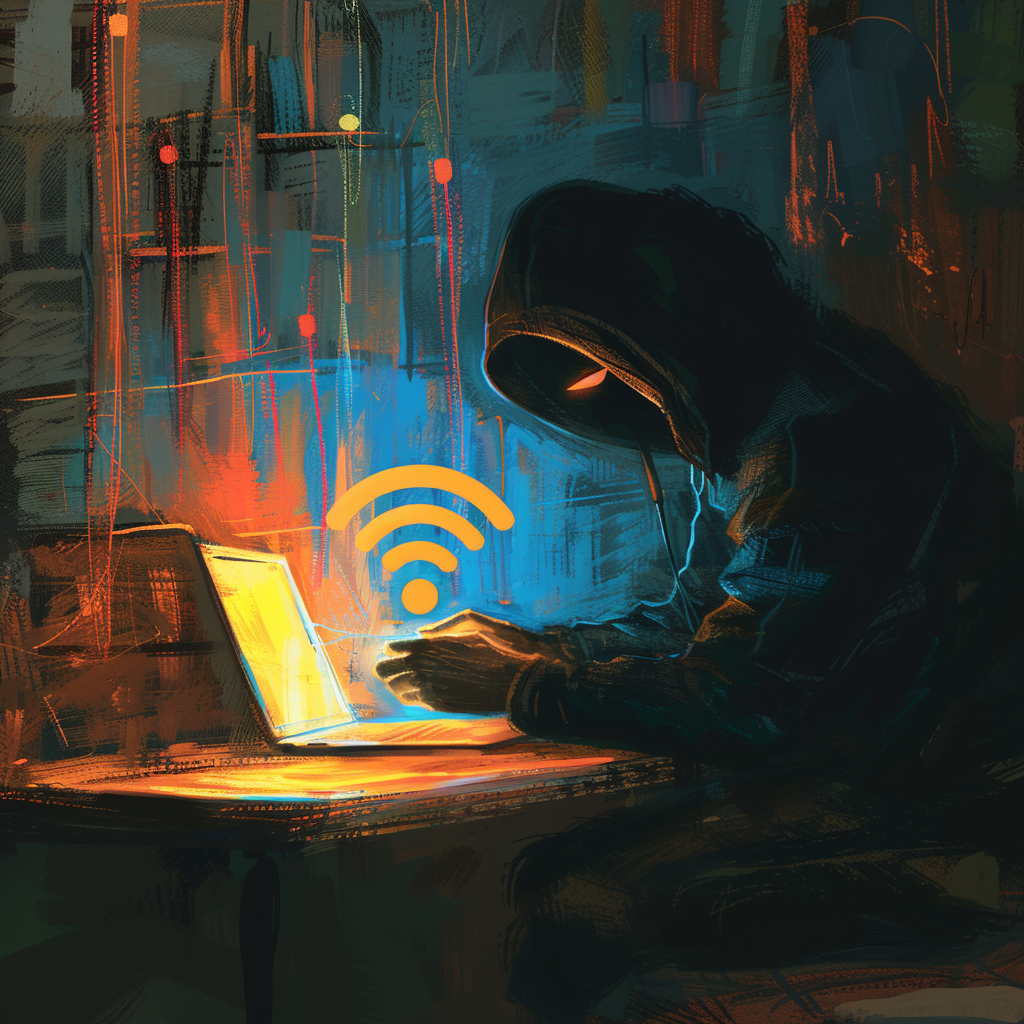WiFi security is a critical aspect of maintaining a safe and efficient digital environment, whether at home or in the workplace. With the increasing number of connected devices, understanding and implementing robust WiFi security measures is essential to protect against cyber threats. This article delves into the importance of WiFi security, common threats, and best practices to secure your wireless network.
The Importance of WiFi Security
1. Protecting Personal Data
- Unauthorized access to your WiFi network can lead to data breaches, exposing personal information such as passwords, financial details, and private communications.
2. Preventing Unauthorized Usage
- Securing your WiFi network ensures that only authorized users can access your internet connection, preventing bandwidth theft and maintaining network performance.
3. Safeguarding Against Cyber Attacks
- An unsecured WiFi network can be an entry point for cybercriminals to launch attacks, including malware distribution, phishing, and denial-of-service (DoS) attacks.
Common WiFi Security Threats
1. Unauthorized Access
- Hackers can gain access to your WiFi network if it is not properly secured, leading to potential data theft and unauthorized use of your internet connection.
2. Man-in-the-Middle Attacks
- In this type of attack, a hacker intercepts communication between your device and the router, potentially capturing sensitive information.
3. Malware and Viruses
- An insecure WiFi network can allow malware and viruses to spread more easily across connected devices.
Best Practices for WiFi Security
1. Use Strong Encryption
- WPA3: The latest and most secure encryption standard, providing enhanced protection against brute-force attacks and ensuring the confidentiality of your data.
- WPA2: Still widely used and secure, but consider upgrading to WPA3 if your router supports it.
2. Change Default Router Settings
- Admin Password: Change the default administrator password to a strong, unique password to prevent unauthorized access to your router’s settings.
- SSID Name: Customize your network name (SSID) to something unique and avoid revealing personal information.
3. Regular Firmware Updates
- Keep your router’s firmware up to date to protect against known vulnerabilities and ensure you have the latest security features.
4. Enable Network Firewalls
- Use the built-in firewall in your router and consider additional software firewalls on your devices to monitor and control network traffic.
5. Set Up a Guest Network
- Create a separate guest network for visitors to isolate your main network and protect your primary devices from potential threats.
6. Disable WPS
- Wi-Fi Protected Setup (WPS) can be a security risk. Disable it to prevent attackers from using brute-force methods to gain access to your network.
7. Monitor Connected Devices
- Regularly check the devices connected to your network and remove any that you do not recognize.
Enhancing WiFi Coverage and Security
1. Mesh Networks
- Mesh networks provide robust coverage throughout your home by using multiple nodes. They offer seamless connectivity and can enhance security by segmenting traffic.
2. WiFi Extenders
- Extenders can help eliminate dead zones in your home, but ensure they support strong encryption standards to maintain security.
3. Powerline Adapters
- These use your home’s electrical wiring to extend your network, providing a secure and stable connection to hard-to-reach areas.
Conclusion
WiFi security is an ongoing process that requires vigilance and regular updates. By understanding the importance of securing your network, recognizing common threats, and implementing best practices, you can protect your personal data, ensure the integrity of your internet connection, and safeguard against cyber attacks. Prioritize WiFi security to maintain a safe and efficient digital environment in today’s connected world.
